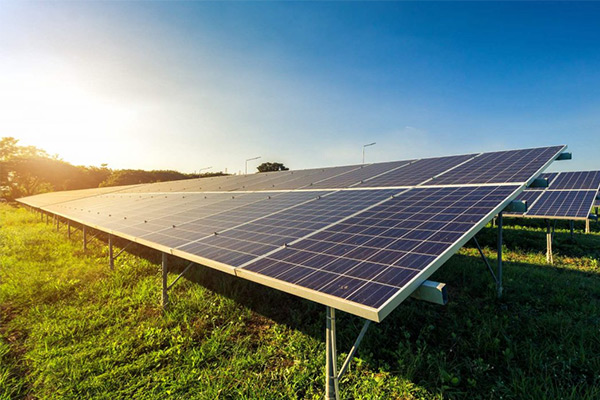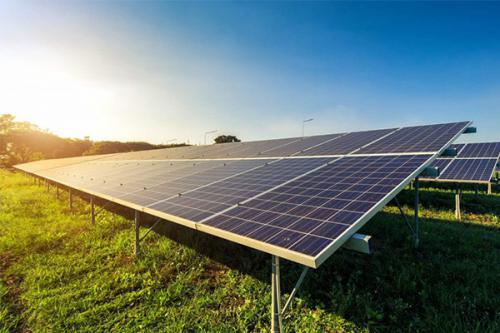Clean Energy: Harnessing The Power Of The Sun


You might think that carbon dioxide, or CO2, is released only from vehicle exhausts. The truth is, however, that CO2 is emitted at several points during typical factory manufacturing processes as well. For automobile manufacturers in particular, cutting CO2 emissions is a giant leap towards greener, and more efficient use of energy.
One of the best ways to cut carbon emissions is by introducing clean, renewable energy sources. The Chairman of the Mitsubishi Research Institute, Hiroshi Komiyama, once declared that human civilisation can be sustainable, but only if we can build a resource recycling-based society. This is achievable with “urban mines” that create renewable energy, and one such clean energy source is solar power. Harnessing the power of the sun is an increasingly popular and cost-effective method of generating reliable energy.
By adopting this method of energy generation, we will not only be able to save energy and reduce energy cost; we will also be able to drastically reduce the volume of CO2 and by-product greenhouse gas emissions in all production activities. Here are some concrete examples of how Toyota plants in Asia have managed to reduce our carbon footprint with the use of solar panels.
Assembly Services Sdn. Bhd. (ASSB)
The Assembly Services Sdn. Bhd. plant in Malaysia installed Solar Photovoltaic Cell panels on the roof of their main office in May 2015. The solar panels alone generated enough clean energy to circulate power for the entire plant, thus removing any reliance on traditional power sources and reducing carbon emissions to zero.
Indus Motor Company Ltd. (IMC)
Indus Motor Company Ltd., one of Toyota’s plants in Pakistan, similarly installed Solar Photovoltaic Cell panels to generate renewable energy and contribute to environmental protection. As a result of adopting solar energy, IMC’s annual energy saving is 530,724 kilowatt-hours, with CO2 emissions reduced by a whopping 245.7 tons each year. In addition, the new energy source also provided cost-savings, at a substantial USD 0.056 per unit produced.
Toyota Autoparts Philippines Inc. (TAP)
The Toyota Autoparts Philippines plant installed 26 solar tubes to harness clean energy, and to reduce energy usage. From this act alone, CO2 emissions have been offset by 17.46 tons each year.
Toyota Kirloskar Auto Parts Pvt. Ltd. (TKAP)
Toyota Kirloskar Auto Parts Pvt. Ltd., our plant in India, installed rooftop solar panels to generate electricity for office lighting. The solar power harnessed helped to reduce carbon emissions by an average of 70 tons per year.
A Commitment to Green Production
For us at Toyota, achieving zero CO2 emissions is a long-term goal under both the global Toyota Environmental Challenge 2050 and the region-wide Toyota Asia Pacific Environmental Action Plan. It’s a real challenge, but one that must be undertaken so as to protect our climate, and to establish a low-carbon society in the long run.

